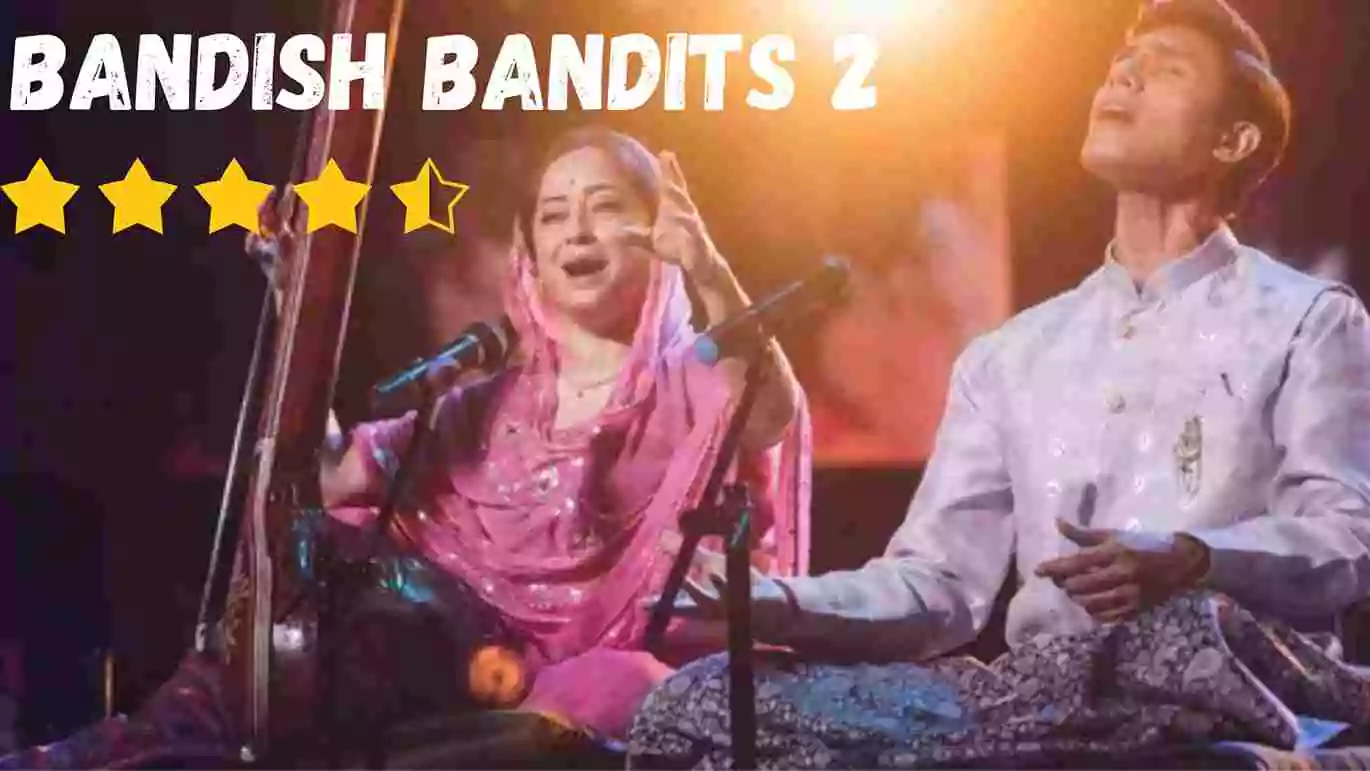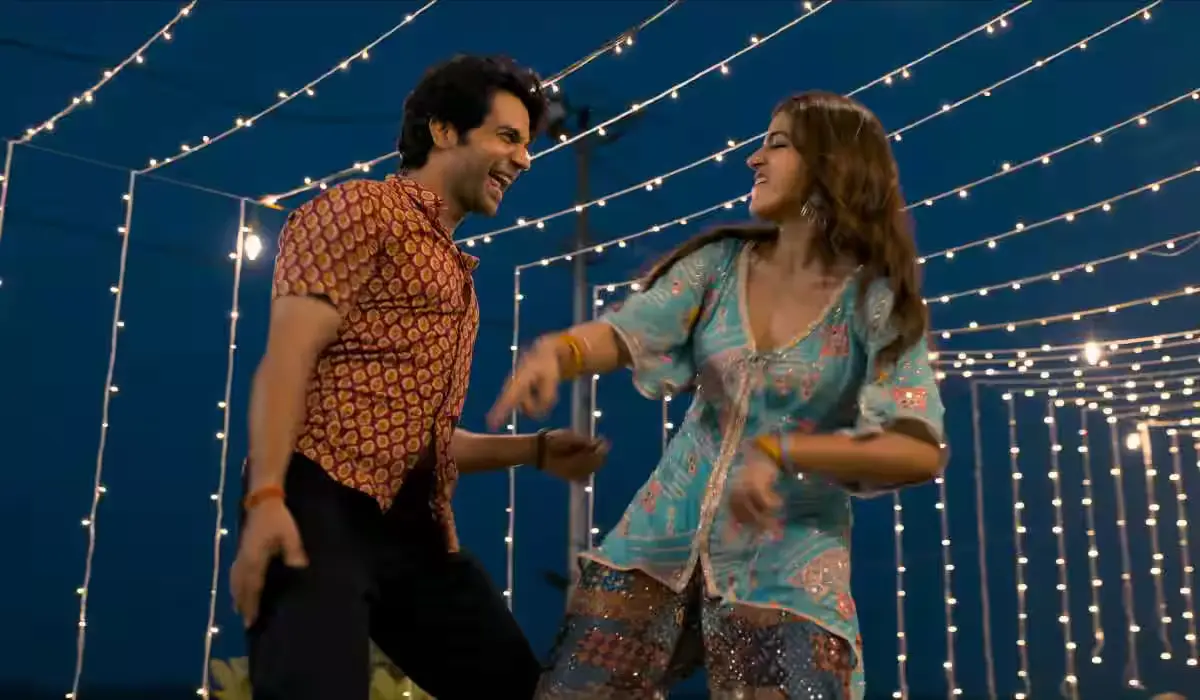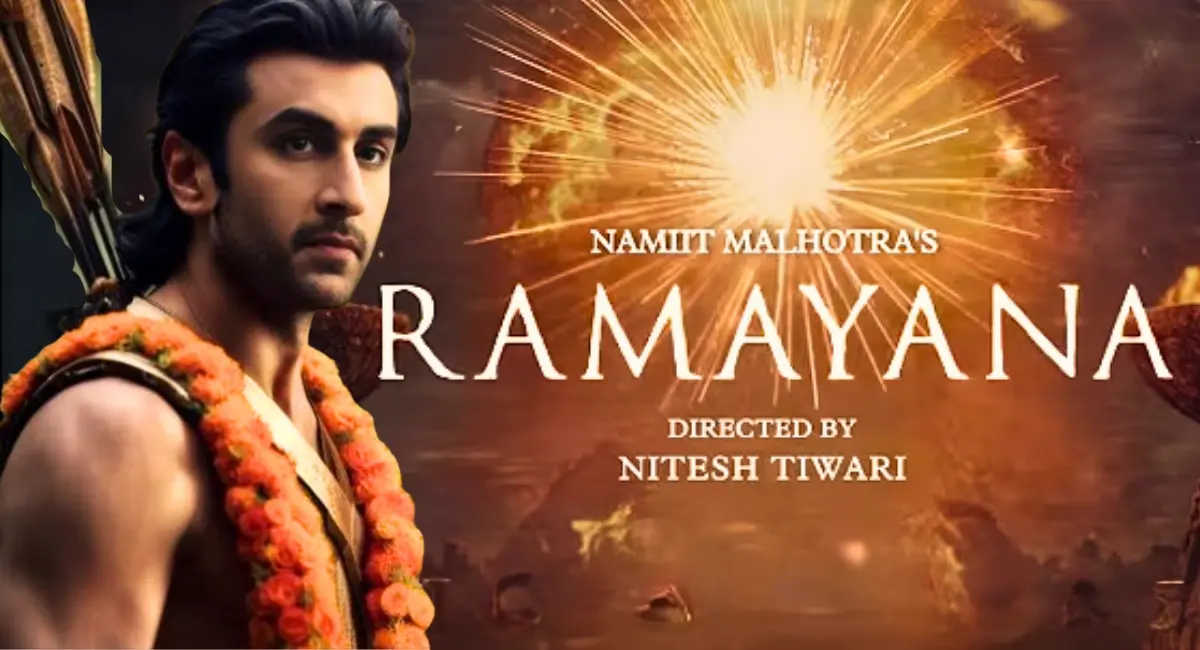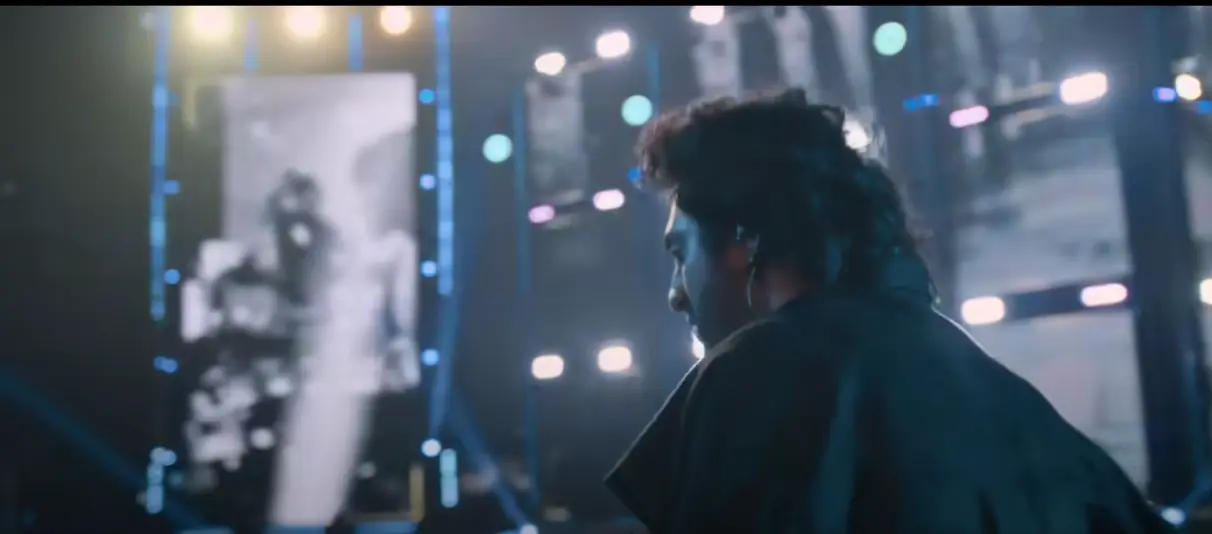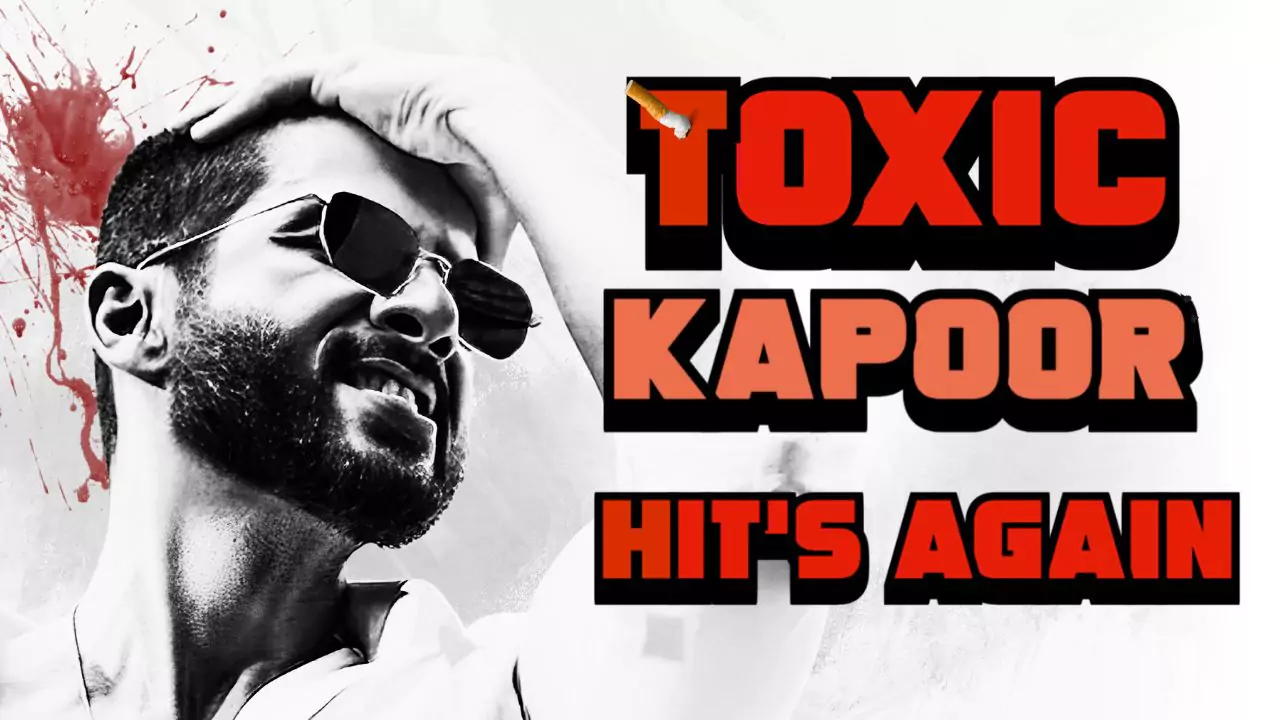Disney’s 2025 live-action remake of “Snow White” has sparked a flurry of discussions, blending classic elements with modern twists. The film introduces Rachel Zegler as Snow White and Gal Gadot as the Evil Queen. While aiming to resonate with today’s audience, it faces challenges in balancing tradition with contemporary sensibilities.
In this adaptation, Snow White is portrayed as a proactive leader, moving beyond the passive character of the original. Rachel Zegler’s performance adds depth, presenting Snow White as strong-willed yet kind. This shift emphasizes independence and leadership, aligning with modern values.
Gal Gadot’s portrayal of the Evil Queen brings a new layer of complexity, making her more than a one-dimensional villain. The dynamic between Snow White and the Queen is central, offering intense and captivating interactions. However, the absence of the traditional prince character shifts the narrative focus, highlighting Snow White’s journey of self-discovery.
Our Youtube Video
The seven dwarfs are reimagined using CGI, a decision that has elicited mixed reactions. Some viewers appreciate the modernization, while others feel it lacks the charm of the original. This approach underscores the challenges of updating beloved characters for contemporary audiences.
Visually, the film offers a vibrant setting, with enchanting forest scenes immersing viewers in a fairy-tale world. However, some critics feel the visuals are overly saturated, leading to a sense of artificiality. Musically, the soundtrack introduces new songs alongside classics, aiming to blend nostalgia with contemporary sounds.
The film has faced its share of controversies, from casting decisions to concerns over political correctness. Rachel Zegler’s social media posts supporting Palestine have added to the debate, influencing audience perceptions and box office performance. These controversies highlight the complexities of adapting classic tales in today’s socio-political climate.
Critics have offered mixed reviews, with some appreciating the fresh take and others feeling the film strays too far from the original. The blend of live-action, CGI, and modern storytelling doesn’t always resonate, leading to a divided audience reception. This division underscores the challenges of reimagining cherished stories.
Disney’s “Snow White” serves as a case study in the difficulties of reinterpreting classics for modern audiences. The balance between honoring the original and introducing modern elements is delicate. As the film industry continues to revisit classic tales, finding this balance will be crucial for future adaptations.
For viewers, the film offers a new perspective on a familiar story, though reactions may vary based on individual expectations and attachments to the original. As with any adaptation, it prompts discussions about tradition, representation, and the evolution of storytelling. Ultimately, it reflects the ongoing dialogue between past and present in cinematic storytelling.
In conclusion, Disney’s “Snow White” is a bold attempt to modernize a classic fairy tale, offering both fresh perspectives and points of contention. It invites viewers to reflect on the evolution of storytelling and the balance between tradition and innovation. As with all art, its impact will be shaped by the conversations it ignites and the diverse reactions it elicits.


